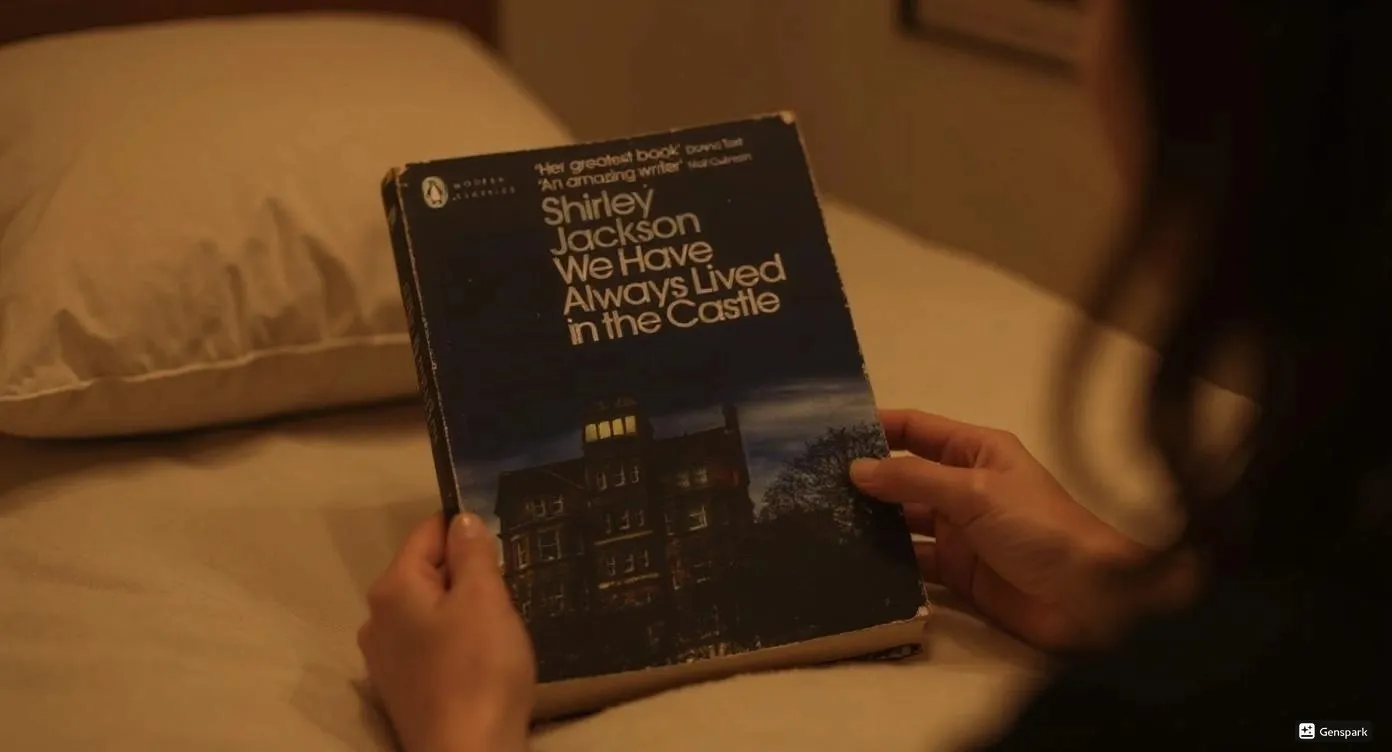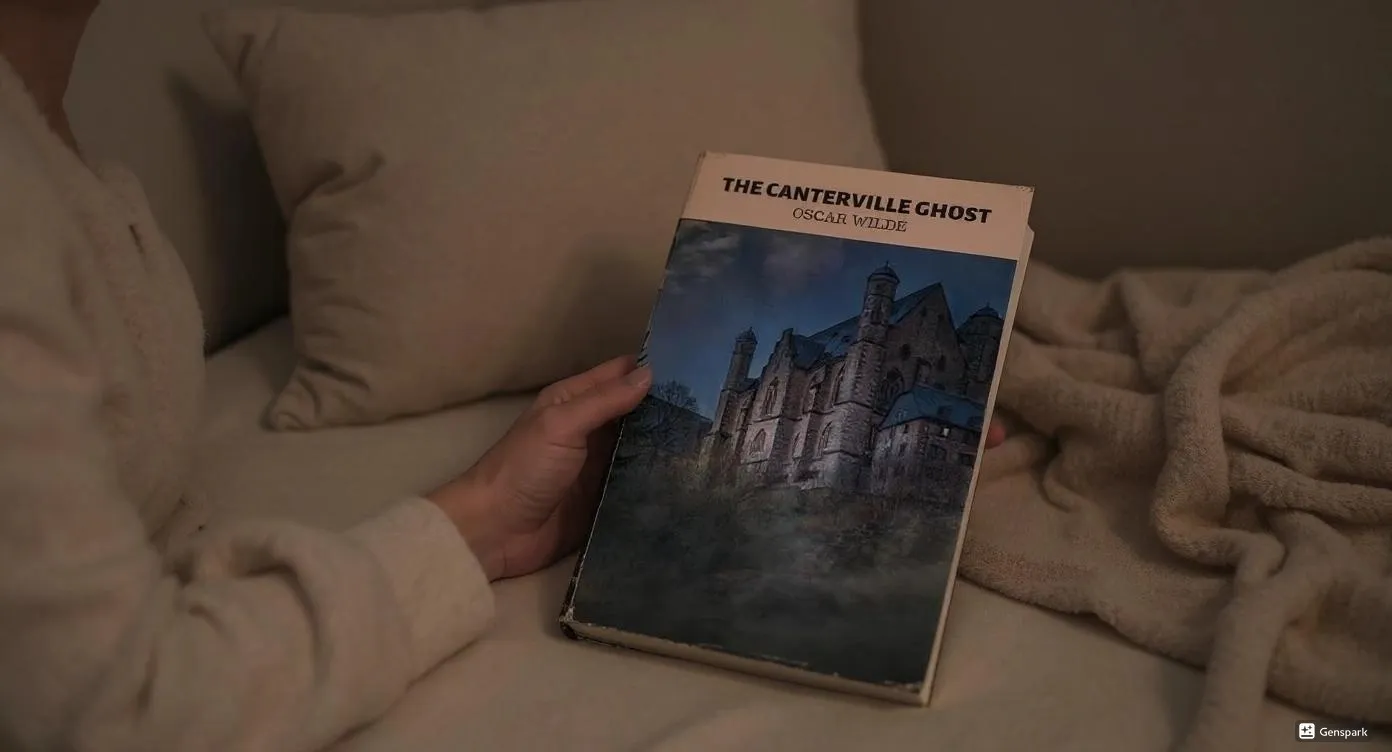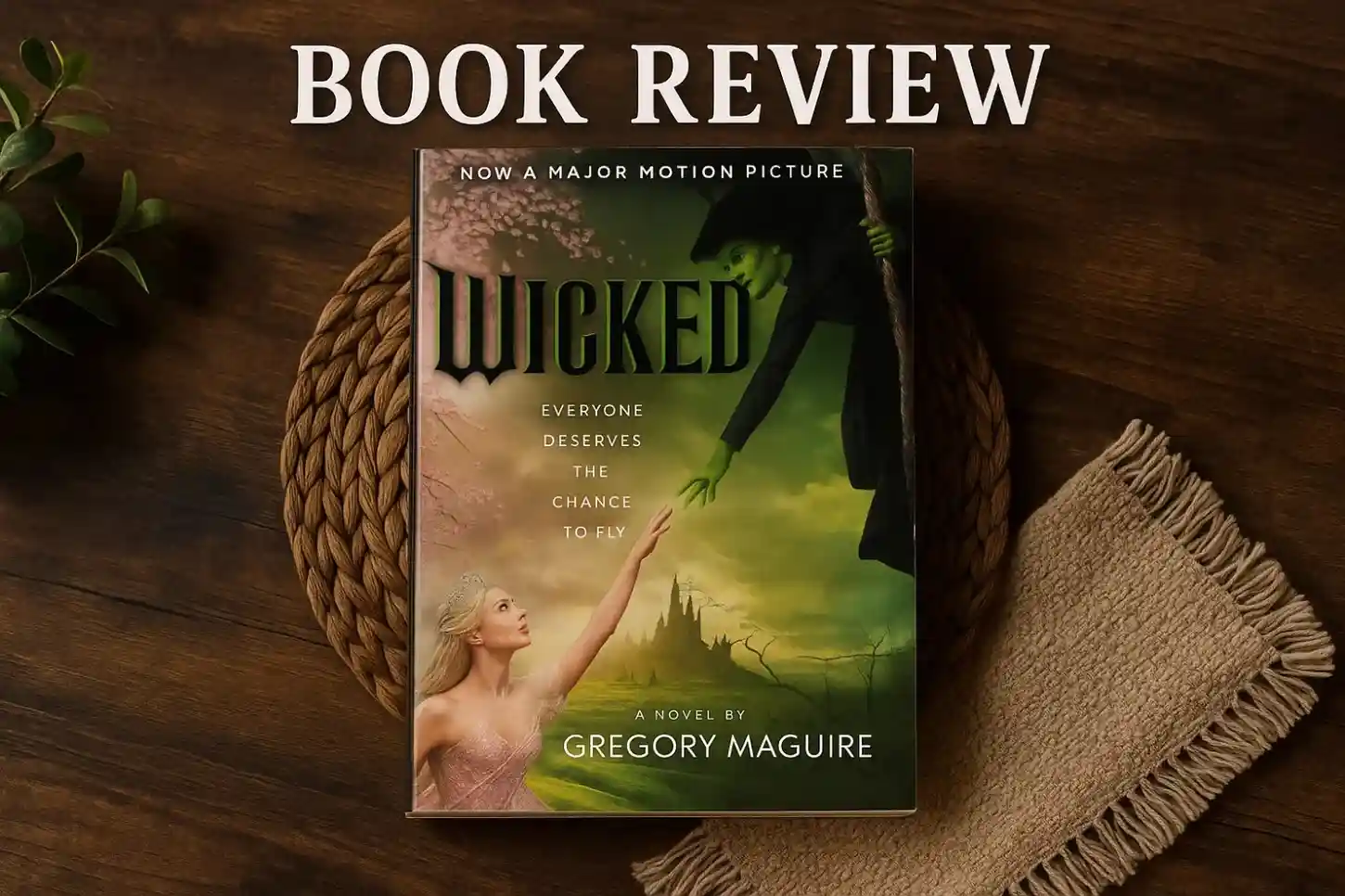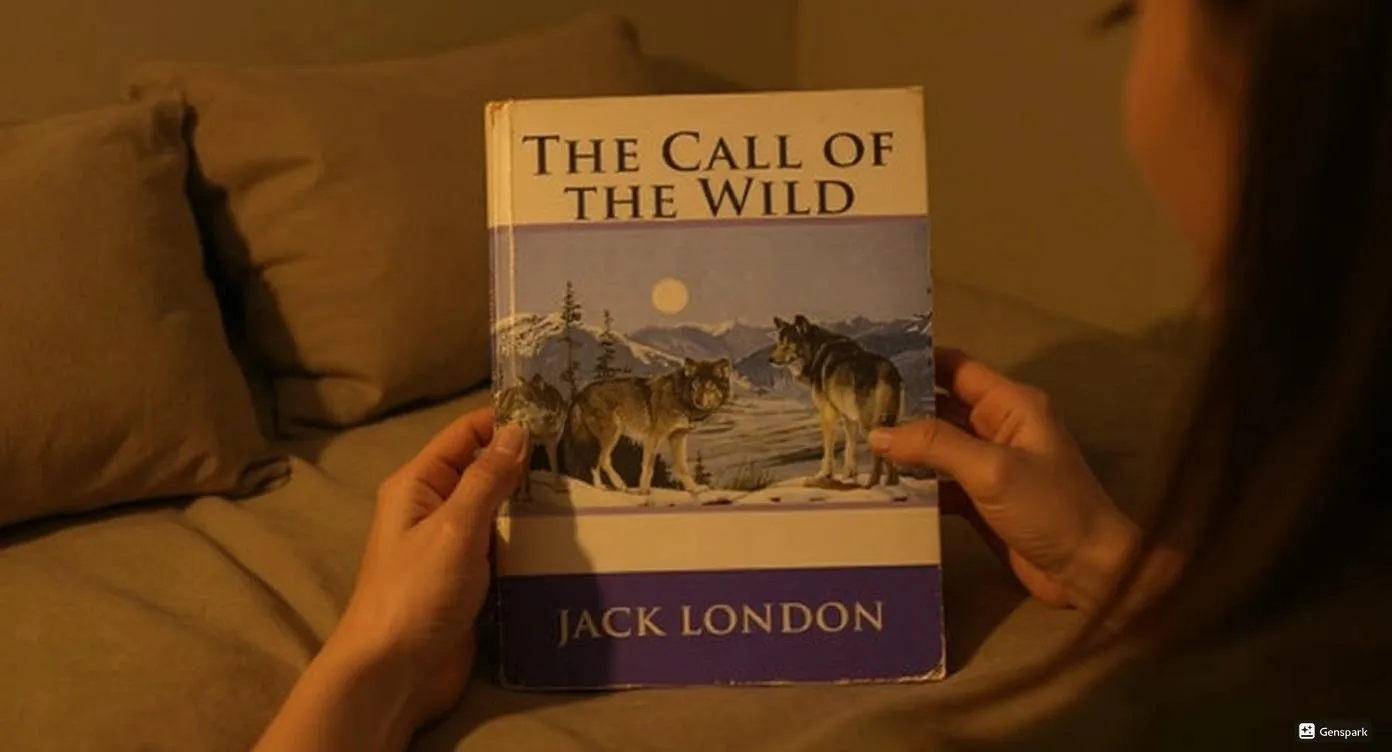I grabbed “The Girls Who Disappeared” at 2:47 AM during one of those sleepless nights where I’d already scrolled through every social media app twice. My coffee had gone cold hours ago, but I couldn’t put this book down. Twenty years ago, three teenage friends vanished from Devil’s Corridor after a car accident that left their fourth friend permanently disabled. Now journalist Jenna Halliday arrives to investigate this cold case, and I found myself completely absorbed in Douglas’s web of small-town secrets and supernatural folklore.
I chose this book after reading mixed reviews about Douglas’s previous work, wondering if she could pull off the delicate balance between psychological thriller and paranormal mystery. The premise grabbed me immediately—a journalist with her own tragic backstory investigating missing girls in a town that believes in ancient curses. I’ve read countless missing persons thrillers this year, but this one promised something different with its folklore elements and dual timeline structure.
The book tackles survivor’s guilt, community secrets, and how trauma echoes across generations. Douglas weaves past and present with careful precision, revealing how the same tragic night continues to shape lives two decades later. What struck me most was how she uses Devil’s Corridor’s supernatural reputation not as cheap thrills, but as a reflection of how communities process incomprehensible loss through mythology and shared belief.
I approached this as someone who’s followed Douglas since “The Couple at No. 9,” curious to see her handle more complex narrative structures. The atmospheric writing created genuine unease without relying on gore or obvious scares. This isn’t just another “girls gone missing” story—it’s a deep examination of how the past refuses to stay buried and how some secrets destroy the very people they’re meant to protect.
Key Takeaways
The dual timeline structure reveals how trauma shapes not just individuals but entire communities, with each past revelation recontextualizing present-day mysteries in profound ways.
Douglas masterfully uses supernatural folklore as both atmospheric device and psychological misdirection, keeping readers questioning whether the mystery has rational or otherworldly explanations.
The book serves as sharp commentary on true crime culture and podcast obsession, examining how media attention can simultaneously help and exploit those affected by tragedy.
Small-town dynamics become central to the mystery itself, showing how communities can protect their darkest secrets through collective silence and shared mythology.
Survivor’s guilt receives authentic psychological exploration through Olivia’s character, offering genuine insights into long-term trauma recovery that feels researched rather than stereotypical.
Basic Book Details
Publishing Information: September 15, 2022 by Harper Paperbacks
Genre: Psychological Thriller/Mystery
Plot: A journalist investigates the twenty-year-old disappearance of three teenage girls from Devil’s Corridor, a road steeped in local folklore
Series Information: Standalone novel
Page Count: 384 pages
Main Characters:
- Jenna Halliday: Investigative journalist haunted by her own past tragedy in Thailand
- Olivia Rutherford: Sole survivor of the Devil’s Corridor accident, living with physical disability and survivor’s guilt
- Maya, Tamsin, and Sally: The three missing girls who vanished without explanation
Plot Structure And Narrative Complexity
Dual Timeline Execution And Twenty Year Mystery Framework
I spent the first fifty pages frantically flipping between timelines, trying to piece together connections before Douglas revealed them. She structures the narrative around two primary periods—the night of the accident and Jenna’s present-day investigation—but this isn’t the typical back-and-forth approach that often feels gimmicky in lesser thrillers.
Douglas uses the twenty-year gap strategically. Each past revelation doesn’t just provide information; it completely changes how I understood present-day character motivations. I found myself constantly re-evaluating earlier scenes as new details emerged about that tragic night. The timeline structure shows how trauma ages, how memories shift, and how communities develop protective mythologies around events they can’t comprehend.
What impressed me most was how Douglas avoids the common dual timeline trap of making one period obviously more interesting than the other. Both timelines carry equal narrative weight and emotional stakes.
Thailand Subplot Integration And Thematic Resonance
Jenna’s backstory could have felt like unnecessary padding, but Douglas integrates her Thailand experience seamlessly with the main mystery. I initially wondered why we needed Jenna’s personal trauma when the missing girls provided enough emotional stakes, but her survivor’s guilt directly parallels Olivia’s psychological state.
The Thailand subplot explains why Jenna approaches cold cases involving young women with such fierce determination. Her own unresolved trauma makes her uniquely qualified to understand what Olivia has endured, but it also threatens to cloud her professional judgment. This tension drives some of the book’s most compelling scenes.
Character Development And Psychological Depth
Jenna Halliday’s Investigative Journey And Professional Evolution
Jenna feels like a real journalist rather than a convenient plot device. I appreciated how Douglas gives her actual investigative skills—she uses proper research techniques, understands interview psychology, and approaches the mystery with professional methodology rather than stumbling into clues through coincidence.
Her personal investment in the case creates authentic emotional stakes without making her reckless or unprofessional. The Thailand tragedy informs her approach to interviewing trauma survivors, and Douglas shows how personal experience can both enhance and complicate professional objectivity.
Olivia Rutherford’s Trauma Response And Survivor Psychology
Douglas handles Olivia’s psychological state with remarkable sensitivity. I’ve read too many thrillers where trauma survivors exist solely to provide exposition about past events, but Olivia feels like a complete person dealing with complex, layered trauma responses.
Her physical disability from the accident serves as a constant reminder of that night, but Douglas explores how visible trauma often masks deeper psychological wounds. Olivia’s reluctance to discuss the accident isn’t obstinacy—it’s authentic trauma response where the mind protects itself by making certain memories literally inaccessible.
The character development throughout the book is subtle but profound, showing how healing isn’t linear and how confronting the past requires enormous courage that can’t be rushed or forced.
Atmospheric Storytelling And Setting Analysis
Devil’s Corridor Folklore And Supernatural Misdirection Techniques
I’m usually skeptical of supernatural elements in psychological thrillers, but Douglas uses the Devil’s Corridor folklore brilliantly. The local legends about the road create an atmosphere of unease that permeates every scene, but they also serve as psychological tools for understanding how communities process trauma.
The supernatural aspects work on multiple levels—they provide potential explanations for the girls’ disappearance while reflecting the town’s need to mythologize incomprehensible loss. Douglas maintains careful ambiguity throughout, never fully committing to either rational or paranormal explanations.
This ambiguity kept me engaged on multiple levels. The book works as straight mystery, as exploration of how communities create protective legends, and as study of how trauma makes people susceptible to supernatural explanations for natural events.
Wiltshire Small Town Dynamics And Community Secrets
The rural Wiltshire setting isn’t just scenic backdrop—it’s integral to understanding how this mystery could remain unsolved for twenty years. Douglas captures the claustrophobic nature of small-town life where everyone knows everyone’s business, yet certain secrets remain buried through collective agreement.
I found the town’s relationship with outsiders particularly well-drawn. The residents’ responses to Jenna’s investigation feel authentic rather than uniformly hostile or welcoming. Different characters react to media scrutiny based on their own relationships to the original tragedy, creating complex social dynamics that feel true to real small communities.
Writing Craft And Genre Positioning
Claire Douglas’s Thriller Evolution And Signature Style Elements
Having read Douglas’s previous novels, I can see clear evolution in her plotting and character development. “The Girls Who Disappeared” represents her most ambitious structural experiment, balancing multiple timelines and perspectives without losing narrative momentum.
Douglas has developed a signature style combining domestic thriller elements with broader psychological mystery. Her characters feel grounded in reality rather than existing solely to serve plot functions, and her exploration of trauma feels authentic rather than exploitative.
The writing style maintains accessibility while tackling complex psychological themes. Douglas trusts her readers to handle difficult emotional material without oversimplifying or sensationalizing.
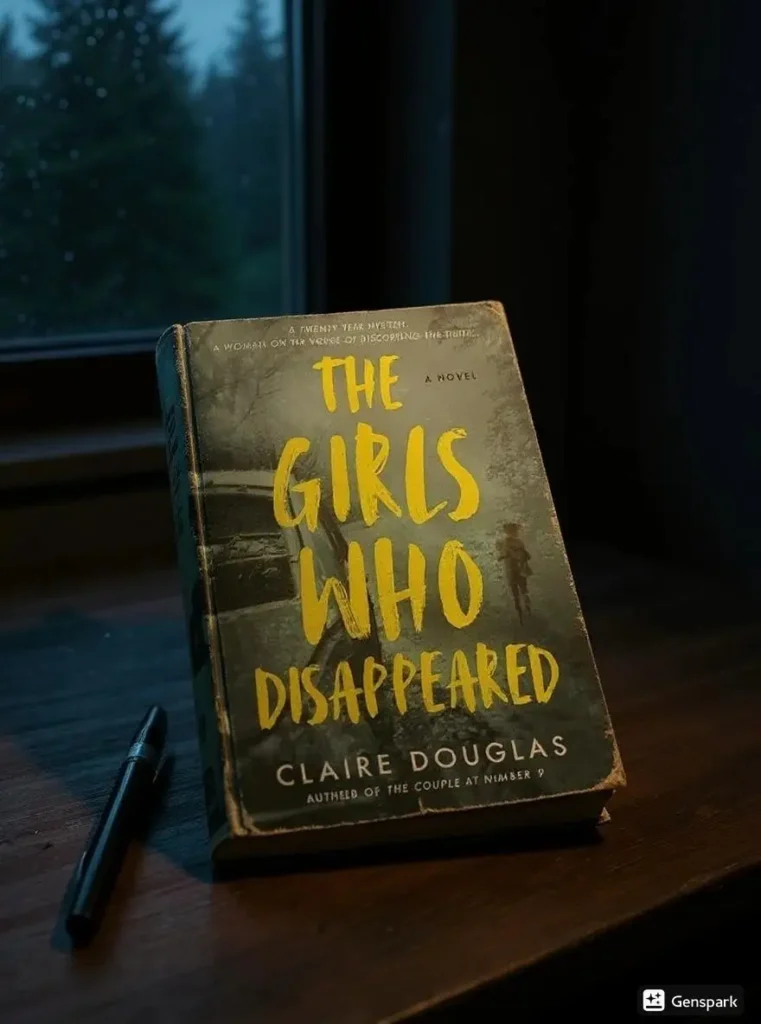
Podcast Culture Integration And Contemporary Mystery Trends
One aspect that sets this book apart from similar mysteries is how Douglas acknowledges current cultural obsession with true crime podcasts and cold case investigations. Jenna’s approach reflects how modern audiences consume mystery narratives, but Douglas uses this meta-element to examine the ethics of turning real tragedy into entertainment.
The book works as both compelling mystery and subtle critique of how true crime culture can lose sight of the real human cost of unsolved cases. This adds contemporary relevance without feeling forced or preachy.
Pros
The atmospheric writing creates genuine psychological unease without relying on cheap scares or graphic violence. Douglas builds tension through character psychology and environmental mood rather than physical threats.
Character development goes beyond surface-level motivation. Both Jenna and Olivia feel like real people with complex inner lives rather than plot devices designed to move the mystery forward.
The dual timeline structure actually enhances the narrative rather than complicating it unnecessarily. Each revelation in the past timeline meaningfully recontextualizes present events.
Folklore integration serves multiple narrative purposes simultaneously—atmosphere, misdirection, and insight into community trauma processing.
The mystery resolution feels earned rather than pulled from nowhere, with clues properly planted throughout the narrative for attentive readers.
Cons
The Thailand subplot, while thematically relevant, occasionally feels disconnected from the main mystery. Some readers might find Jenna’s backstory distracting from the central investigation.
Pacing becomes uneven in the middle section where the investigation stalls. This may be realistic, but it doesn’t always serve narrative momentum.
Some supporting characters feel underdeveloped, serving more as atmospheric elements than fully realized individuals with their own motivations and secrets.
The resolution requires accepting some coincidences that strain credibility, though the emotional payoff largely compensates for logical gaps.
Final Verdict
“The Girls Who Disappeared” succeeds as both atmospheric mystery and thoughtful exploration of trauma’s long-term effects on individuals and communities. Douglas has crafted something that works on multiple levels—as entertainment, social commentary, and psychological study.
I found myself thinking about this book weeks after finishing it, particularly Douglas’s handling of survivor’s guilt and media ethics. The structural issues and pacing problems don’t overshadow the strong atmosphere and character development.
This isn’t just another missing persons thriller. It’s a sophisticated examination of how the past refuses to stay buried and how the search for truth can sometimes cause more harm than healing. For readers who appreciate psychological depth alongside mystery plotting, this delivers on both counts.
The book raises uncomfortable questions about true crime consumption and community complicity in maintaining silence around tragedy. Douglas doesn’t provide easy answers, which makes the story linger in memory long after the final page.
Dionysus Reviews Rating: 7/10
This book earned its place on my permanent shelf not just for the mystery elements, but for how it changed my perspective on media ethics and trauma representation in fiction. Douglas has created something special—a book that respects both its entertainment value and its serious themes without sacrificing either.
If you’re someone who stays up too late reading because you need answers, who prefers mysteries asking “why” as much as “who,” and who appreciates books trusting readers to handle complex emotional material, this belongs on your reading list.
Sip The Unknown—Discover Stories You Never Knew You’d Love!
Dionysus Reviews Has A Book For Every Mood
Biography & Memoir
Fiction
Mystery & Detective
Nonfiction
Philosophy
Psychology
Romance
Science Fiction & Fantasy
Teens & Young Adult
Thriller & Suspense
Frequently Asked Questions
What should motivate you to buy this book?
From my perspective as someone who reads extensively in this genre, “The Girls Who Disappeared” represents what psychological thrillers can achieve when they prioritize authenticity alongside compelling plotting. It’s earned recommendations to friends and a permanent place on my bookshelf.
This book will appeal to readers of Tana French, Gillian Flynn, and Ruth Ware—authors who understand that the best mysteries explore character psychology as deeply as plot mechanics.
How does Claire Douglas balance supernatural folklore with realistic psychological thriller elements?
Douglas uses the Devil’s Corridor legends as psychological tools rather than literal plot devices. The supernatural elements reflect how communities process inexplicable trauma through shared mythology.
The ambiguity allows readers to interpret events through either rational or paranormal lenses, with the folklore serving the psychological realism rather than undermining it. The legends become ways for characters to cope with incomprehensible loss.
What makes Jenna Halliday’s investigative approach different from typical amateur detective protagonists?
Jenna brings genuine journalistic expertise and proper investigative methodology rather than stumbling into clues through coincidence. Her personal trauma in Thailand creates authentic emotional investment in cases involving missing young women, but Douglas avoids making her reckless or unprofessional.
She approaches interviews with trauma survivors using actual psychological techniques, and her insights come from legitimate research skills rather than lucky guesswork.
How does the dual timeline structure serve the mystery beyond simple pacing and revelation?
The past and present timelines create thematic resonance about how trauma echoes across generations and communities. Each past revelation doesn’t just provide information—it completely recontextualizes how readers understand present-day character motivations and community dynamics.
The structure demonstrates how the same events can be interpreted differently depending on perspective, time distance, and individual psychological needs for meaning-making.
Is Jenna’s Thailand backstory necessary to the main plot about the missing girls?
While it might seem tangential, Jenna’s Thailand experience directly parallels Olivia’s survivor’s guilt and explains why Jenna is uniquely equipped to understand the psychological aftermath of traumatic loss.
It establishes her credibility in covering international missing persons cases and provides authentic emotional stakes for her investigation. The subplot also explores how unresolved personal trauma can both enhance and complicate professional objectivity in journalism.
How does Douglas handle the ethics of true crime culture within the narrative itself?
Douglas uses Jenna’s journalistic approach to examine how media attention can both help and harm those affected by unsolved cases. The book works as both compelling mystery and subtle critique of how true crime culture can exploit tragedy for entertainment.
Characters discuss the impact of media scrutiny on small communities, and Douglas shows how the search for truth must be balanced against respect for trauma survivors’ privacy and healing processes.


